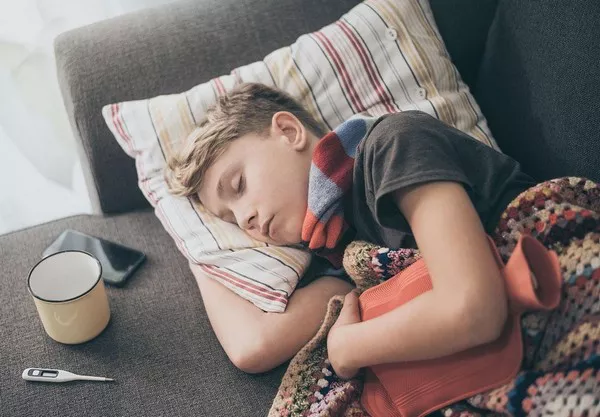A comprehensive analysis by Mpower, the mental wellness initiative of the Aditya Birla Education Trust, has shed light on the growing mental health concerns in India. The report, released on the 9th anniversary of Mpower, is based on over 100,000 helpline calls, highlighting anxiety and relationship struggles as the primary concerns among Indian residents. This data provides a crucial look into the evolving mental health landscape across the country, offering insights into the demographics, key challenges, and city-specific trends that are driving mental health concerns.
Key Findings: Demographics and Mental Health Trends
The analysis reveals several significant trends that are shaping the mental health crisis in India:
Demographics of Callers: The majority of the callers, 60%, are male, while 40% are female. The 18-40 age group dominates the data, accounting for 74% of all calls. This reflects the high prevalence of mental health challenges among young adults in India, particularly in relation to anxiety and relationship issues.
Primary Mental Health Concerns: The study shows that relationship issues are the most common mental health challenge, accounting for 33% of the calls. Anxiety follows closely at 23%, while depression comes in at 20%. Stress and psychiatric disorders make up 16% and 8%, respectively, underscoring the widespread mental health struggles in the country.
City-Specific Mental Health Concerns
The report also delves into the mental health challenges faced by residents of different cities, highlighting how social, cultural, and environmental factors influence the mental health concerns of urban populations.
Mumbai:
Primary Concerns: Relationship issues are the top concern in Mumbai, accounting for 34% of calls. Anxiety follows closely at 23%, while depression is the third most common issue, making up 21% of calls.
Gender Balance: The gender distribution is nearly equal, with 47% of callers being male and 53% female. This reflects a more balanced approach to mental health concerns across genders in Mumbai.
Delhi:
Primary Concerns: Like Mumbai, relationship issues are the leading cause of calls, comprising 38% of the total. Anxiety is the second most common concern (22%), followed by depression (18%).
Demographic Breakdown: Males make up 60% of the callers in Delhi, and the 26-40 age group is particularly dominant, making up 48% of the total callers. This suggests that working adults are struggling with significant mental health challenges related to personal relationships and work stress.
Bengaluru:
Primary Concerns: In Bengaluru, relationship issues (27%), anxiety (26%), and depression (20%) are the top three concerns.
Gender Balance: The gender ratio in Bengaluru is nearly even, with 49% of callers being male and 51% female, reflecting a similar pattern seen in other major cities.
Pune:
Primary Concerns: In Pune, relationship issues (32%) and anxiety (26%) are the dominant concerns, which may reflect the academic and career pressures faced by the city’s young adult population.
Youth-Centric Data: More than half of the callers (51%) are young adults aged 18-25, indicating a high level of stress among students and early-career professionals.
Kolkata:
Primary Concerns: Relationship issues are the most common concern in Kolkata, accounting for 45% of all calls. Anxiety (24%) and depression (17%) also feature prominently.
Young Adults Dominance: The city sees a significant percentage of calls (49%) from young adults aged 18-25, reflecting the mental health challenges of youth in the region.
Insights and Implications for Mental Health Interventions
Rima Bhandekar, Senior Psychologist and Head of the Mpower Helpline, emphasized the need for tailored mental health interventions across India. She stated, “The data highlights the multifaceted nature of mental health challenges across India. While anxiety and relationship concerns are common, each city reflects unique stressors influenced by its social and cultural environment. Addressing these insights is vital for crafting targeted interventions and enhancing access to mental health resources.”
Bhandekar’s statement underlines the importance of not adopting a one-size-fits-all approach to mental health care. Instead, understanding the specific challenges faced by residents of different cities is key to developing localized mental health strategies. This would include addressing the unique social and cultural dynamics that contribute to mental health issues in each region.
Conclusion
The rising incidence of anxiety and relationship struggles in India is a stark reminder of the growing mental health crisis in the country. With young adults being the most affected demographic, addressing these issues is not only a matter of improving individual wellbeing but also a critical step toward fostering a healthier society overall. Tailored mental health interventions, greater accessibility to mental health resources, and increased awareness about the impact of relationship dynamics and anxiety are crucial for mitigating the psychological toll on Indian residents.
Related topics:





























